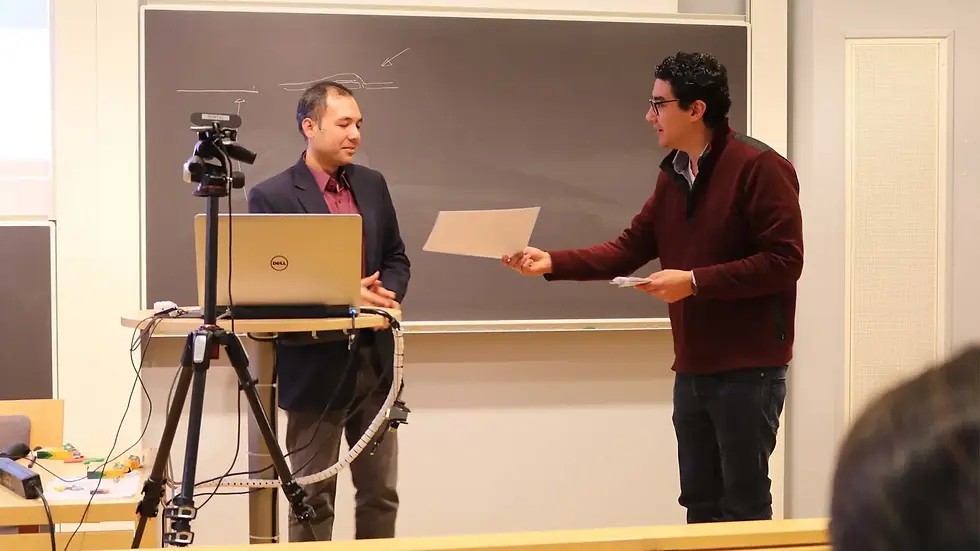Shaping the Future of Nanoelectronics: Our Breakthrough in WS₂ Nanoribbons
- MD. ANAMUL HOQUE
- Mar 26
- 1 min read
Updated: Mar 28
In the quest for smaller, faster, and more efficient electronics, semiconducting transition metal dichalcogenides (TMDs) have emerged as promising materials. However, fabricating ultra-narrow device structures with precise atomic control remains a challenge. In our latest research, published in Nano Letters, we have developed a crystallography-controlled nanostructuring technique that allows us to create tungsten disulfide (WS₂) nanoribbons as thin as sub-10 nm—a significant step toward the future of nanoscale electronics. Follow the article on https://doi.org/10.1021/acs.nanolett.4c01076.

Why Is This Important?
Scaling down transistor size is a key goal in the semiconductor industry, but conventional fabrication methods often face limitations at the atomic level. Using our approach, we could fabricate ultra narrow nanoribbons with precise control over nanoribbon width and edge structure, which directly influences their electronic properties.
Key Findings:
Sub-10 nm WS₂ Nanoribbons: We successfully fabricated these ultra-narrow structures with high precision.
Tunable Electronic Behavior: The nanoribbons displayed diode-like current-voltage characteristics, meaning their electrical properties can be controlled by adjusting their width.
Narrow Channel Effects: In these tiny structures, charge movement is strongly influenced by edge scattering, which impacts transistor performance.
What This Means for the Future
Our findings, now published in Nano Letters, pave the way for next-generation nanoelectronics for computing, photovoltaics, and sensing technologies. By controlling material properties at the atomic scale, we move one step closer to ultra-miniaturized, energy-efficient electronics.
I’m excited about the potential of these discoveries and look forward to further exploring the possibilities of nanoscale device engineering.
I sincerely appreciate my coauthors for their invaluable collaboration and contributions.

Comments